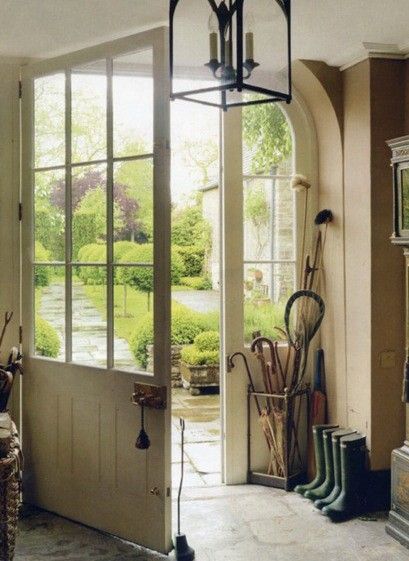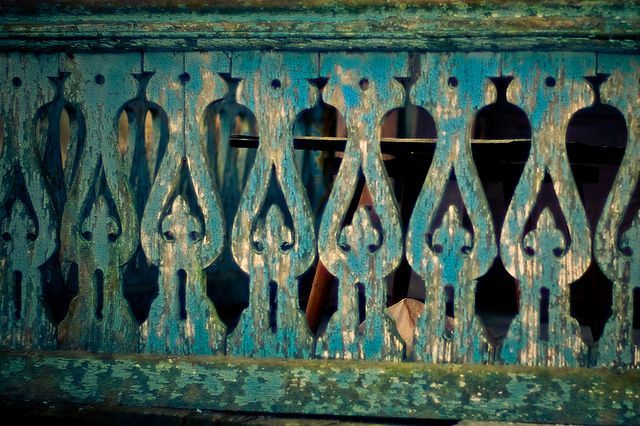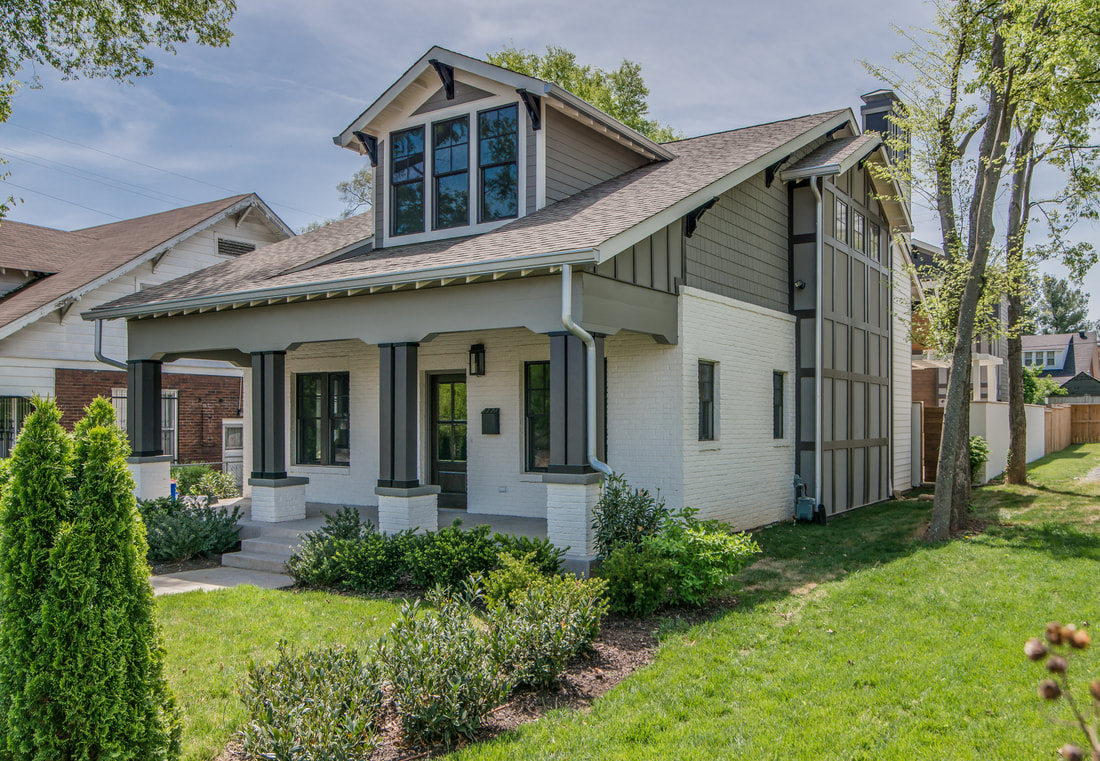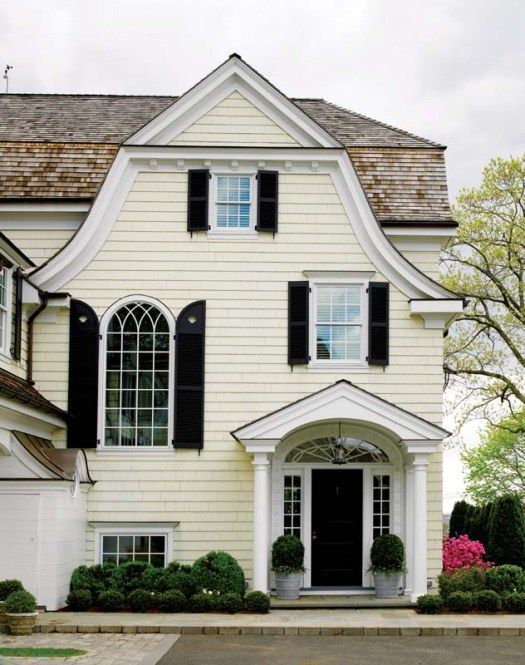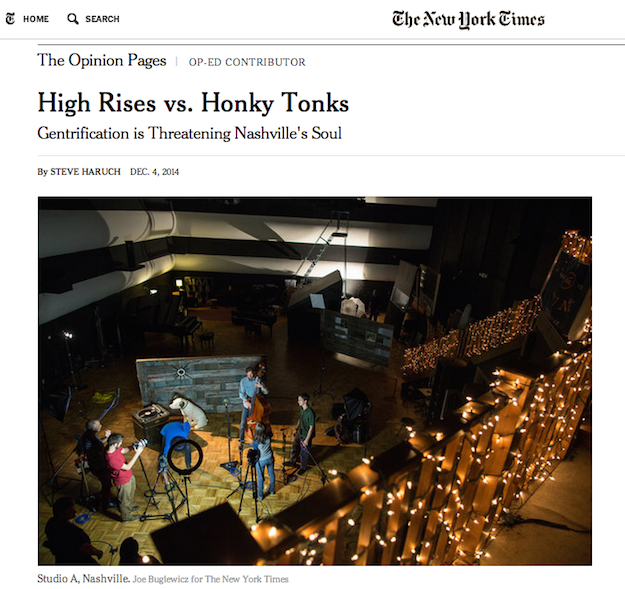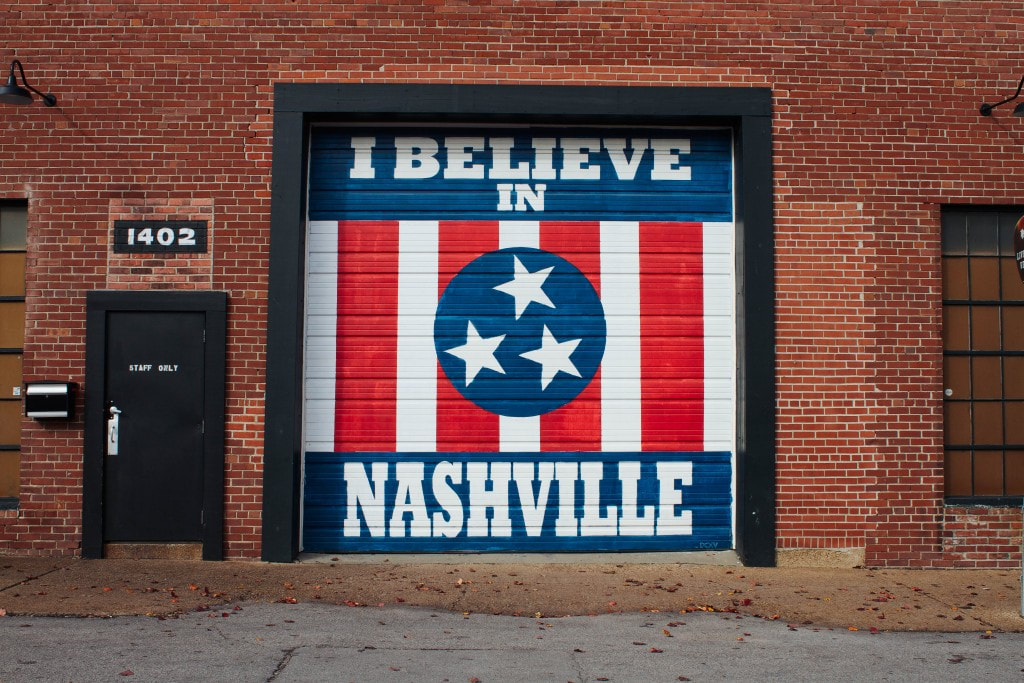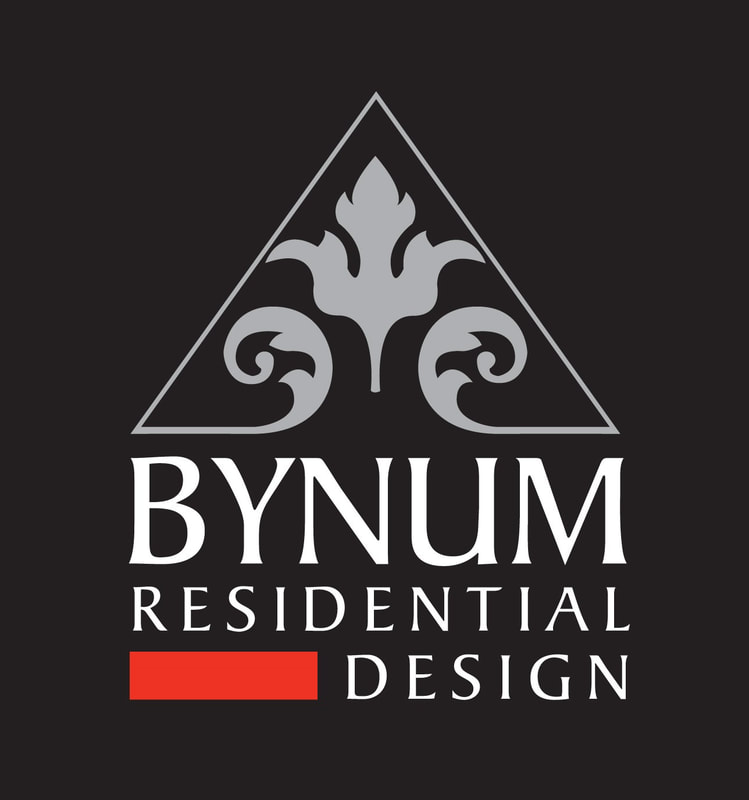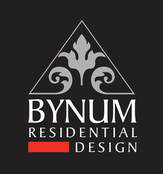|
Not so long ago, I got this weird letter in the mail from the great State of Tennessee’s Board of Architectural and Engineering Examiners asking me to take down all of the references to architecture on my website since I’m not an architect. It’s not that I had forgotten that I’m not an architect—did I mention that I’m not an architect?—it was just an honest mistake, some crossed wires between my copywriter, web designer, life and myself. (We quickly removed all references.) And these crossed wires became live wires when someone felt like giving me a hard time about semantics. It’s illegal to call yourself an architect or to call your work architecture if you don’t have an architectural license. What I am is a residential designer. What I do involves creating habitats for shelter with gorgeous interiors, exteriors and landscaping. It is, in effect, architecture, interior design and landscape design. But I’m not an architect. I have a degree in interior design. And, by the way, I’m not a landscape architect either, just in case the State Board is concerned. What’s the difference? A degree, years of training, and the fact that I can’t stamp drawings or create commercial buildings or design homes that are over 5,000 square feet. I was mostly trained outside of a classroom, and though I once intended to seek an architectural degree, I just never got around to it. Now life and work are booming, and I don’t see the need—even though all signs have pointed toward design and architecture my whole life. See: This is me at my drawing board in 1965. I call it “Dee the Draftsman.” I was five years old in this photo my mother thankfully saved for me. And in ninth grade, when I was assigned a term paper about a career path, I wrote mine about architecture. And I still have it. The writing was on the walls, almost literally, in spite of the fact that I grew up in a ranch house in the suburbs of Nashville that had a dividing wall down the middle with rooms on each side and a stairwell at the end. You know the type. I always loved “The Brady Bunch” and “The Munsters,” mostly because I was fascinated with the houses, and I was very into redecorating or rearranging my room—and often. Even on vacation, we would check into a hotel, and I would move all the furniture that wasn’t bolted to the wall. It’s a sickness. I was weird, and I just always knew what I was supposed to do.
During high school, my mother was gone from home one day, and I took the opportunity to resolve something about our ranch house that had long bothered me: The stairwell on the end of the house had a window in it, and it was next to the living room. I always wondered why that window existed. It didn’t do anything but provide daylight in the stairwell. So, having helped my father build out our basement years prior, I got out his Skillsaw and cut this big rectangular hole in the wall. I didn’t do it right; I didn’t put a header in or anything—I just cut the studs in half, cut the drywall and made the biggest mess. I was so happy to realize it wasn’t load bearing. And when my mother arrived there was this big rectangular hole in the wall. Once she came to her senses we finished it, hung a stained glass on a chain in front of that window (next to a fern), painted it and it looked awesome. Everybody on the street was just mesmerized. Here we are in Podunk, and we had just cut a hole in our wall. It was the talk of the neighborhood. In 1978, I went to college at the University of Tennessee in Knoxville, discovered interior design, and it stole my heart. But architecture kept calling me still. Around 2000, I decided I really wanted to return to school to get my architecture degree. I had a long talk with Manuel Zeitlin, who I admire still to this day. He was and is a friend who happened to be a revered architect here in town. He suggested I go to Boston Architectural College, where he received his degree. He almost had me convinced, but then I was like, “Look, I am an adult, and I have a house and I have pets and I have bills and I can’t just fold up and go to school.” Then, that very Sunday in the newspaper there was an ad in the classifieds for an architect intern at this little firm here in town. They did really wacky stuff that I loved. I called them and said, “I’m not an architect, but I’m your guy. You’ve got to hire me.” (See, I’ve been saying “I’m not an architect” my whole life!) And they did. I only worked there for a year and a half when I realized I had to start my own design firm. The planets have been aligned for me to do this—whatever you want to call it—since 1965, but I didn’t completely pay attention until I was an adult, and by then maybe it felt too late to stop, drop and get my license. But that’s OK because I’m more than happy to be able to do the things I do today and to design the homes you see on my site and along the streets of Nashville. Just don’t call me an architect; I’m proud to say I’m a residential designer. Now that we’ve gotten that out of the way, let me design a fabulous house for you!
0 Comments
Most people assume I live in a house that I designed and built, but I don’t. I live in a house in 12South that was built in 1928. And it still has its original windows. This morning when I opened my blinds I could feel cold air blowing through. My windows weren’t open; that’s just how “ventilated” they keep the place. But to me it’s kind of romantic. When I was a kid, everyone in my world wanted an old house. Now for some reason, we don’t want to live in old houses. We want all things new and flawless. But here’s the truth: new and flawless is only going to be new and flawless for about two years. After that things are going to start happening. Today, homeownership for Americans under the age of 35 is at an all-time low, but it's been my experience that those Millennials who do purchase a home prefer to purchase a new one. That's one of the reasons I'm so excited about what my Marathon Village neighbor Mike Wolfe (of American Pickers fame) is aiming for with his new HGTV show in the works, Nashville Flipped, which would "tell the story of each renovated home, including through historical research, by delving into the surrounding neighborhood, and through stories told by past residents." An old house is all I ever wanted. To think that no one wants them anymore, and that throughout Nashville we're discarding them quickly and thoughtlessly, would affirm a sad trend of not valuing our country’s history. If we don’t keep something, there will be nothing. They’re not doing this in Europe, I promise. My No. 1 objective in the new year is to try to save some old houses in Nashville. Unfortunately, we’ve become a throwaway society, and it’s become no big deal anymore to just bulldoze an old house. Bynum Design has been guilty of it too and has torn down a few houses. But you better believe that the houses we’ve demolished were in terrible shape and weren’t contributing to the neighborhood. I’m not saying everyone should live in an old house. I want a new house, too. Well, that’s not exactly true; I’m working on a concept to keep the old house I have---a smallish Tudor that I’ve lived in forever---by salvaging the exterior and adding on to it to make it into the house I want. I think that’s where we should go as designers and builders in Nashville. We should respect what’s there and enhance it---make it better and make it live bigger and give people the things they want in a new house in an old house. This is more important now than ever, when empty lots are becoming more and more scarce, and we’re more often faced with the decision of whether or not to keep the dilapidated house that came on the lot we just bought or to just scrap it and avoid the headache of figuring out what to do with it. What I am calling for is more renovations and less bulldozers. The house we renovated on Lawrence Avenue (see photo below), we renovated extravagantly---even taking off the roof and adding lots of height, not to mention a courtyard, two-car garage, and pool in the back---all while keeping its 1935 façade. That was a respectful response to that house and its history. (Speaking of old house history, I love to think of the house as it was being built. Poet T. E. Hulme wrote, “Old houses were scaffolding once and workmen whistling.”) The result: the flow of that lane through 12South isn't interrupted. If you’re in an old neighborhood, you at least should make the house you’re renovating or building speak to the houses around it (even if six months later all those houses are gone because someone tore them down). I understand that renovating is more intimidating than building to most of us. But just because it’s intimidating---and costly and time-consuming---doesn’t mean it shouldn’t be done. And builders have a great opportunity to show people how well this can be done. You really can make a fabulous new old house. Here’s how: Typically, these houses have eight-foot ceilings, and no one wants that anymore, so you have to take the roof off. And the floor system off. And make the walls taller. And figure out a way to raise the exterior but keep it tight. No big deal, right? People don’t want to live in little rooms. They want “open plan.” There’s a trend to make your house feel like a loft, and it’s a great look. We do it. You can do that in an old house, too. You have to do serious things to it, and it’s hard work. I get it. But it’s well worth it. (It's also worth noting that old homes don't always have to go bigger. Mike Wolfe showed that with this reimagining of a 1932 home in East Nashville's Cleveland Park, where he kept its original 1,300ish square feet). I hope that East Nashville can get some overlays in place and avoid what’s happened in 12South. Because 12South is almost gone in a way. There are so few remaining original houses. Maybe, like I said, it’s just that no one wants old houses anymore---but I really hope that’s not true. If it is, I think we’re going to look back and regret some things. We won’t be able to see our history anymore, and the new history we’ve built for ourselves so quickly and so shoddily may represent who we’ve become. Just as we have to give older people more grace---and use our imagination a bit to see them as they once were: young and strong and beautiful---the same courtesy should be extended to old houses. Louisiana author Grace King wrote: "We wander through old streets, and pause before the age stricken houses; and, strange to say, the magic past lights them up."
If you live in Nashville and are interested in doing a thoughtful, dramatic, quality renovation in 2015, I hope you will consider hiring Bynum Design. This is awkward for me to talk about. I’m a developer, after all, and in the midst of the biggest building boom of our city’s time. So addressing some of the criticism recently lobbed at Nashville—specifically how we’re hemorrhaging character faster than developers can build crappy houses out of crappier materials—is not exactly within my realm of comfort. Except that the subject means absolutely everything to me. When The New York Times wrote in December that “gentrification is threatening Nashville’s soul,” I agreed with them. Point by point, here is my response to Steve Haruch’s NYT piece, which was hard to hear for many in Music City, but, in my opinion, spot-on. “A common refrain around here, from the mansions of Belle Meade to the working-class neighborhoods across the Cumberland River, was ‘we can’t become Atlanta,’ by which folks meant bloated and out of touch with history and Southern traditions.” Nashville is rapidly losing its identity, falling into step with the homogenization of America. Some days it seems that everybody is in a mad rush to destroy our city as fast as they can because they don’t know when our day in the sun will end. It’s all, ‘How fast can I do this?' And ‘How much can I sell it for?’ This is what started to happened before the recession, and now everybody and their brother have jumped back on the bandwagon, thinking they can flip a house because they watched it on HGTV. Now everyone’s doing it again. It’s driving up costs, and it’s driving up demand for lots, and it’s completely confusing the architecture of the neighborhoods. We’ve got so many different thought processes side by side; on one street you might have 10 different thoughts—and maybe only one or two of them are even good. It’s disruptive. For as many new homes as we’re putting up, I don’t see a new style of architecture evolving. I just see greed on everyone’s behalf. Neighborhoods are being scraped, and we’re replacing them with new houses made of new and questionable materials. A lot of these materials and technologies that are being developed—we don’t know what they’re going to look like a few years down the road. Remember in the ’80s, there was a trend to use Dryvit—an “outsulation” finish that looks like stucco? Suddenly Mediterranean houses all over town popped up clad in this new-fangled material. But then everyone discovered that because Dryvit is essentially made of something like Styrofoam, it looks great only temporarily—until a golf ball hits it or a weedeater knocks into it. It dents, and you can never fix it. And it has something in it that bugs love, but no one knew that when Dryvit became a thing. The same thing could very well be happening in Nashville now. We don’t know how these houses are going to look in 70 or 80 years. We know what the stuff looked like that they got rid of. And that was our identity. I would be scared to death to live on the third floor of one of these new tall and skinny houses in a high wind or during a tornado. I wouldn’t be in the house. I’d be out driving, trying to outrun it. I’m spending a lot of time in this post talking about how things look, but I don’t want to miss the point that as we’re building all of these new houses, we’re inevitably pushing out people who are older or who are low income and can’t afford rising property taxes—people who may have things to contribute to the greater good. These people are part of what made Nashville a unique place to live in the first place. Now they are having to go somewhere else to live, and now we are not unique. Sometimes Nashville looks and feels just like everywhere else. It’s frustrating to go to Atlanta and see how old neighborhoods—and neighbors—are being wiped out. I think it’s kind of a tragedy. In Atlanta and Nashville, we’re losing some of our spirit in the process. “For many of these new gentrifiers, the old Craftsman homes are just too small, so developers have been buying up these small houses, then demolishing and replacing them with much larger ones. In many cases, the lots are stuffed from property line to property line with a new species of local housing: ‘two-on-ones,’ also known as ‘tall-and-skinnies’—ugly conjoined properties that look like a duplex that’s been sliced in half and partly reattached at the rear.” So many of the new tall, narrow houses being built in Nashville look as terrible as they do because they’re built too high off the ground. This is a huge pet peeve of mine, as I think it’s important to keep houses in proportion with their surroundings. In the old days, houses were made to be close to the ground. Now we have codes that prevent you from doing that because stacking them up higher prevents termites, as the wood’s not in contact with the ground. Developers often have very small footprints to build on and they want to fulfill the hunger for significant square footage, so they have no place to go but up because they’re just trying to create space. Unfortunately, square footage has been driving the cost of houses forever. When banks appraise houses they primarily do it based on square footage, so everybody, in their greed, just wants to build the biggest thing they can. It doesn’t have to be this way, though—even if a lot is tiny. For instance, anytime Bynum Design has built a home on a hill, we try to scale that down and somehow have our plans follow the landscape—adding steps inside the house—so that it’s not, say, short at the back and a bazillion blocks high in the front. I also think that rather than paying $400,000 for a tiny lot or rather than tearing down a worthwhile house that seems too small at first glance, developers really would do ourselves a far greater service in the long run if we bought up some of the old houses and remodeled them or updated them with roomy additions. Otherwise, it will become true that you can’t have a unique experience in Nashville anymore. As a designer, that’s really disappointing to me; I want us to think bigger than we are so we don’t regret what we’ve become once the spotlight drifts away from us to fall on some other new “it” city. “The enormous new homes are often clad in the trappings of the humbler bungalows they replaced: clapboard siding, knee braces at the gables, exposed beam-ends. The results can be grotesque, as if the skin of a small house has been stretched over a much larger one.” You can see really obvious examples of what Steve Haruch is talking about if you drive around. Since new houses are going up next door to old ones, plenty of builders are halfheartedly nodding to the prevailing architecture with these kind of "grotesque" details. But they’re not thinking through what they’re doing, and they’re not doing it right. They’re just making the houses bigger and then slapping on a few details that are made up, that don’t belong. At Bynum Design, we aim every single day to massage these kinds of historical details into our designs. We don’t just apply them like they’re buttons or pockets—an afterthought once we’ve achieved some sky-high square footage number. We really work it from a design standpoint, and I think—I hope—that’s the difference.
Maybe it’s easy for me to talk, since I’m one of the lucky ones. Because we can build and design our houses, we don’t have to pay a builder fee or a design fee, so we can spend more money on the quality of our homes and still sell them for the same and make the same amount of money but make them better. I still maintain, though, that all Nashville developers have a huge opportunity—even a responsibility—to build better houses in this city they call home. They can use better materials. They can pay more for labor. They can take more time with a project. It may increase the cost, but it’s worth it. I want to still be doing this 10 years from now, when the economy isn’t as swell and the houses I’ve built here can really stand as a testament to my craftsmanship and to the ability of Nashville to weather growth beautifully. I remember Nashville’s last big building boom—maybe it was in the late ’80s or early ’90s—and there were cranes as far as the eye could see. It was an exciting time. It is now, too, but I’m jaded now. I’m older, and sometimes I find myself driving down a street I used to love and feeling depressed about the way it’s changed. But other times all this “progress” really does leave me pleasantly surprised. The other day I drove up to Division Street from down around Broadway; it was a gorgeous day, and I got up to where they just tore down that fabulous old house on the right, and the new view that unfolded in front of me was unbelievable. I was like, “Where am I?” You could see the Pinnacle Building in the distance and all the new apartments along Demonbreun, and it was magical. It felt like home. |
Dee BynumDee Bynum has his finger on the pulse. Whether it’s following trends, scouting emerging neighborhoods and infill opportunities, or overseeing the development of a design, Dee’s dedication to—or obsession with—his projects is renowned. Categories
All
|
|
|
615-415-7877
[email protected] © COPYRIGHT 2022. ALL RIGHTS RESERVED.
|

